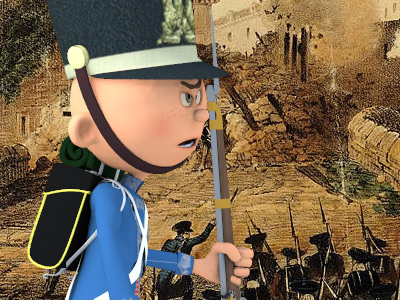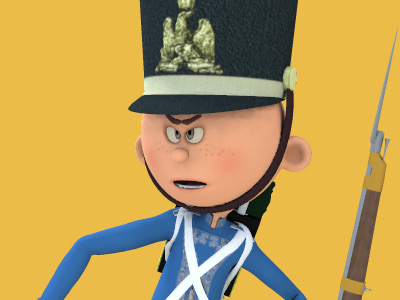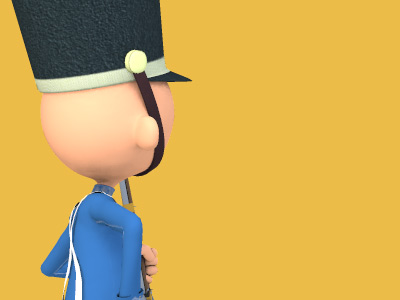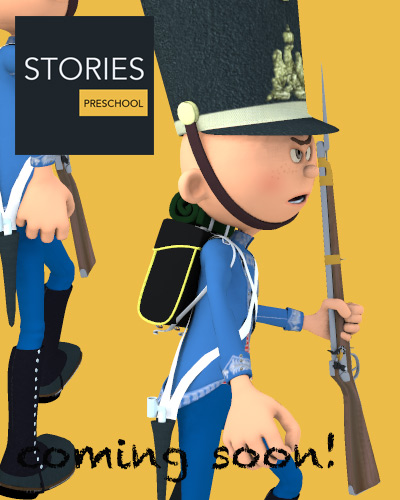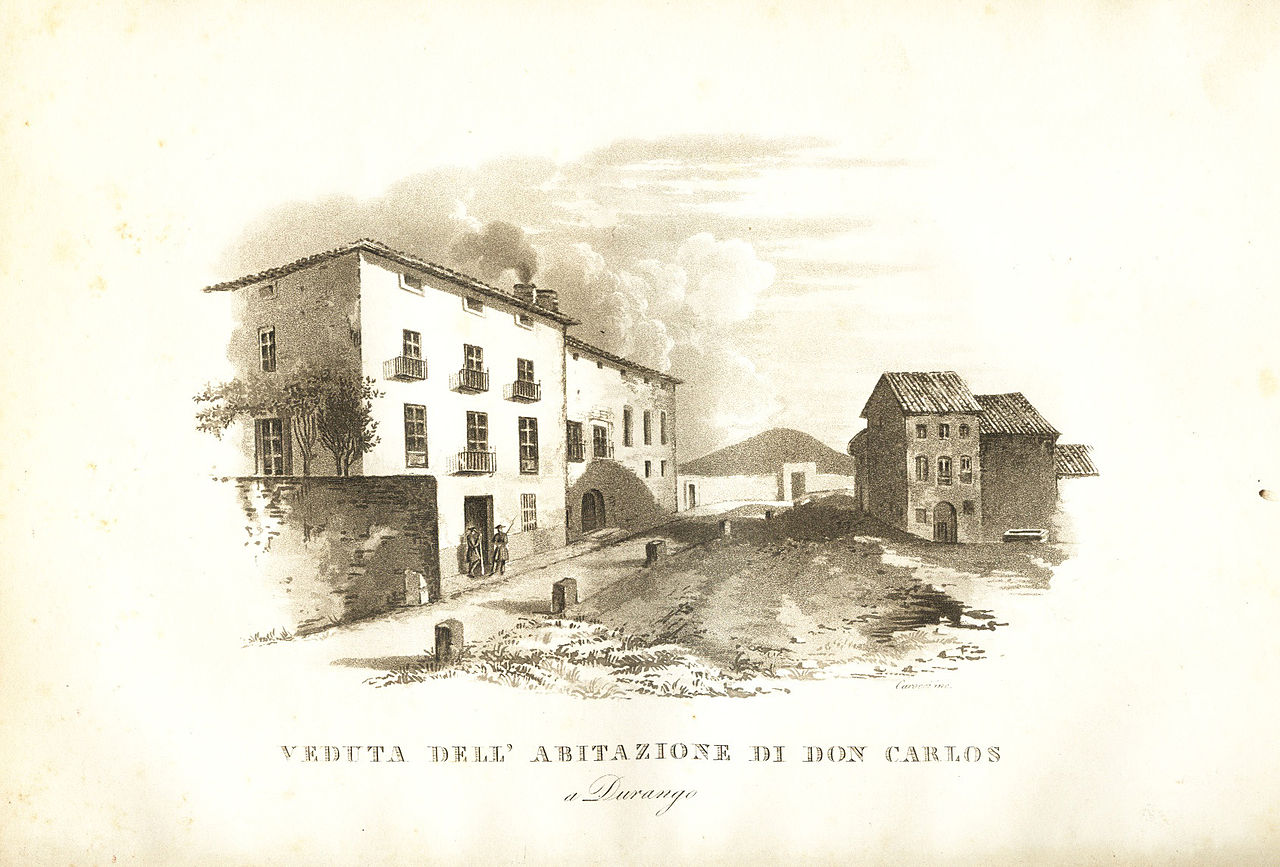First Carlist War (1833 to 1839)
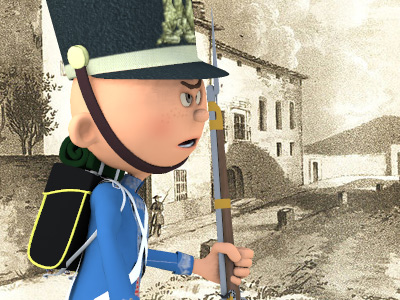
The War in the Northern Front
The war was long and hard, and the Carlist forces (labeled "the Basque army" by John F. Bacon) achieved important victories in the north under the direction of the brilliant general Tomás de Zumalacárregui. The Basque commander swore an oath to uphold home rule in Navarre (fueros), subsequently being proclaimed commander in chief of Navarre. The Basque regional governments of Biscay, Álava, and Gipuzkoa followed suit by pledging obedience to Zumalacárregui. He took to the bush in the Amescoas (to become the Carlist headquarters, next to Estella-Lizarra), there making himself strong and avoiding the harassment of the Spanish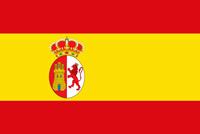 Spain or the Kingdom of Spain, is a country primarily located in southwestern Europe with parts of territory in the Atlantic Ocean and across the Mediterranean Sea. A major country of the Age of Discovery, Spain began the colonization of the New World in 1492 developing one of the largest empires in history and underpinned the emergence of a global trading system primarily fuelled by precious metals. forces loyal to Maria Christina (Isabella II). 3,000 volunteers with no resources came to swell his forces.
Spain or the Kingdom of Spain, is a country primarily located in southwestern Europe with parts of territory in the Atlantic Ocean and across the Mediterranean Sea. A major country of the Age of Discovery, Spain began the colonization of the New World in 1492 developing one of the largest empires in history and underpinned the emergence of a global trading system primarily fuelled by precious metals. forces loyal to Maria Christina (Isabella II). 3,000 volunteers with no resources came to swell his forces.
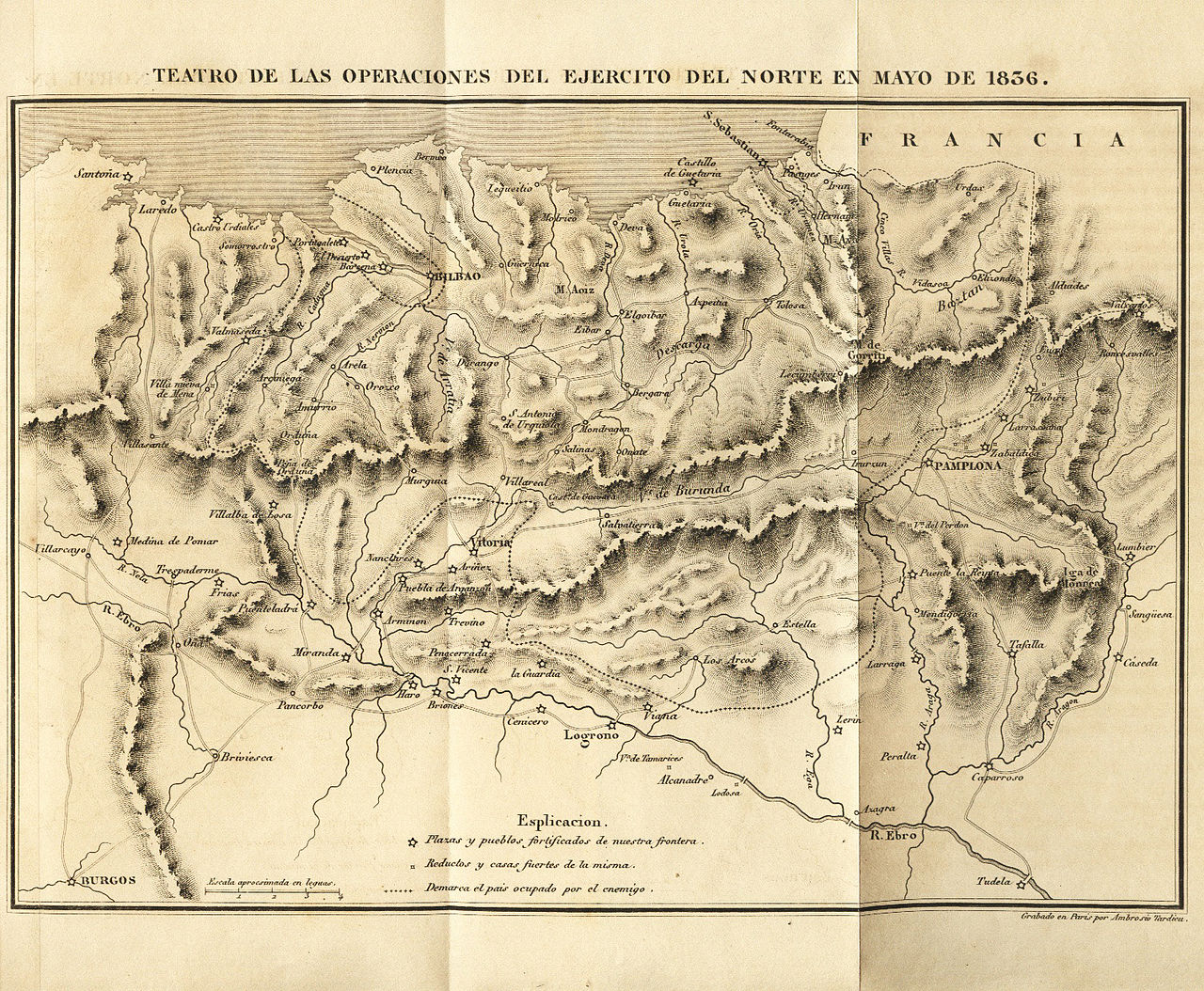
Theater of operations of the Liberal Army of the North, May 1836

Theater of operations of the Liberal Army of the North, May 1836
( Click image to enlarge)
In summer 1834, Liberal (Isabeline) forces set fire to the Sanctuary of Arantzazu and a convent of Bera, while Zumalacárregui showed his toughest side when he had volunteers refusing to advance over Etxarri-Aranatz executed. The Carlist cavalry engaged and defeated in Viana an army sent from Madrid (14 September 1834), while Zumalacárregui's forces descended from the Basque Mountains over the Álavan Plains (Vitoria), and prevailed over general Manuel O'Doyle. The veteran general Espoz y Mina, a Liberal Navarrese commander, attempted to drive a wedge between the Carlist northern and southern forces, but Zumalacárregui's army managed to hold them back (late 1834).
In January 1835, the Carlists took over Baztan in an operation where the general Espoz y Mina narrowly escaped a severe defeat and capture, while the local Liberal Gaspar de Jauregi Artzaia ('the Shepherd') and his chapelgorris were neutralized in Zumarraga and Urretxu. By May 1835, virtually all Gipuzkoa and seigneury of Biscay were in Carlist hands. Opposing his advisers and Zumalacárregui's plan, Carlos V decided to conquer Bilbao, defended by the British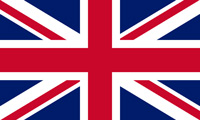 The United Kingdom of Great Britain and Ireland was a sovereign state in Northwestern Europe that comprised the entirety of the British Isles between 1801 and 1922. The United Kingdom, having financed the European coalition that defeated France during the Napoleonic Wars, developed a large Royal Navy that enabled the British Empire to become the foremost world power for the next century. navy. With such an important city in his power, the Prussian or Russian Tsarist banks would give him credit to win the war; one of the most important problems for Carlos was a lack of funds.
The United Kingdom of Great Britain and Ireland was a sovereign state in Northwestern Europe that comprised the entirety of the British Isles between 1801 and 1922. The United Kingdom, having financed the European coalition that defeated France during the Napoleonic Wars, developed a large Royal Navy that enabled the British Empire to become the foremost world power for the next century. navy. With such an important city in his power, the Prussian or Russian Tsarist banks would give him credit to win the war; one of the most important problems for Carlos was a lack of funds.
In the siege of Bilbao, Zumalacárregui was wounded in the leg by a stray bullet. The wound was not serious, he was treated by a number of doctors, famously by Petrikillo (nowadays meaning in Basque 'quack' or 'dodgy healer'). The relationship of the pretender to the throne and the commander in chief was at least distant; not only had they differed in operative strategy, but Zumalacárregui's popularity could undermine Carlos' own authority, as in the early stages of war, the Basque general was offered the crown of Navarre and the lordship of Biscay as king of the Basques. The injury did not heal properly, and finally General Zumalacárregui died on June 25, 1835. Many historians believe the circumstances of his death were suspicious, and have noted that the general had many enemies in the Carlist court; however, to date no further light has been shed on this point.
In the European theatre all the great powers backed the Isabeline army, as many British observers wrote in their reports. Meanwhile, in the east, Carlist general Ramón Cabrera held the initiative in the war, but his forces were too few to achieve a decisive victory over the Liberal forces loyal to Madrid. In 1837 the Carlist effort culminated in the Royal Expedition, which reached the walls of Madrid, but subsequently retreated after the Battle of Aranzueque.
HISTORY
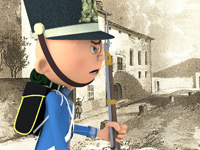
RESOURCES
This article uses material from the Wikipedia article "First Carlist War", which is released under the Creative Commons Attribution-Share-Alike License 3.0.
© Stories Preschool. All Rights Reserved.
